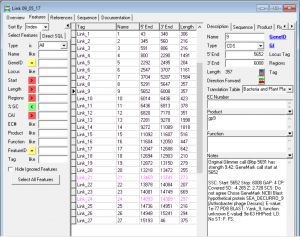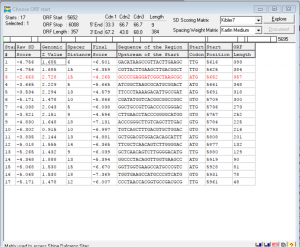1/18/18
Group 1
- Challenges
- data varies greatly
- time and cost constraints
- used antibiotic surrogates to examine ecological health
- Application
- MOTU: molecular operational taxonomic unit
- APDP: amplicon pyrosequencing denoising program
- dbRDA
- TITAN: threshold indicator taxa analysis
Group 2:
- Purpose
- method of metaborcoding used to morphology
- Challenges
- distinguishing active and inactive cells
- interpretation of HTS
- Application
- extracellular DNA
- distinguishing living and dead cells
Group 3
- Purpose
- distribution through habitat types
- Challenges
- comparisons limited to a low sample number
- lack of standardization between studies
- Application
- distribution depends on habitat
Group 4
- Abstract: geographic separation in two distinct lineages
- Purpose
- geographic separation causes genetic variation
- chellenges
- hard to genetically characterize organisms
- application
- cox – 1 gene might work four our purposes
Group 6
- Purpose
- effects of soil and vegitation on protists
- Challeneges
- lack of protist specific primers
- most studies focus on DNA and not rRNA
- Application
- separately analyze ribosomal RNA and DNA
Group 7
- Purpose
- realize large diversity of soil parasites protists
Group 8
- Purpose
- wants to make universal Eukaryotic taxonomy database
- challenges
- no databases at the moment
- Application
- we could use UniEuk in our study
Isopycnic Centrifugation: Uses tiny glass particles to change the density of the centrifuge substrate








